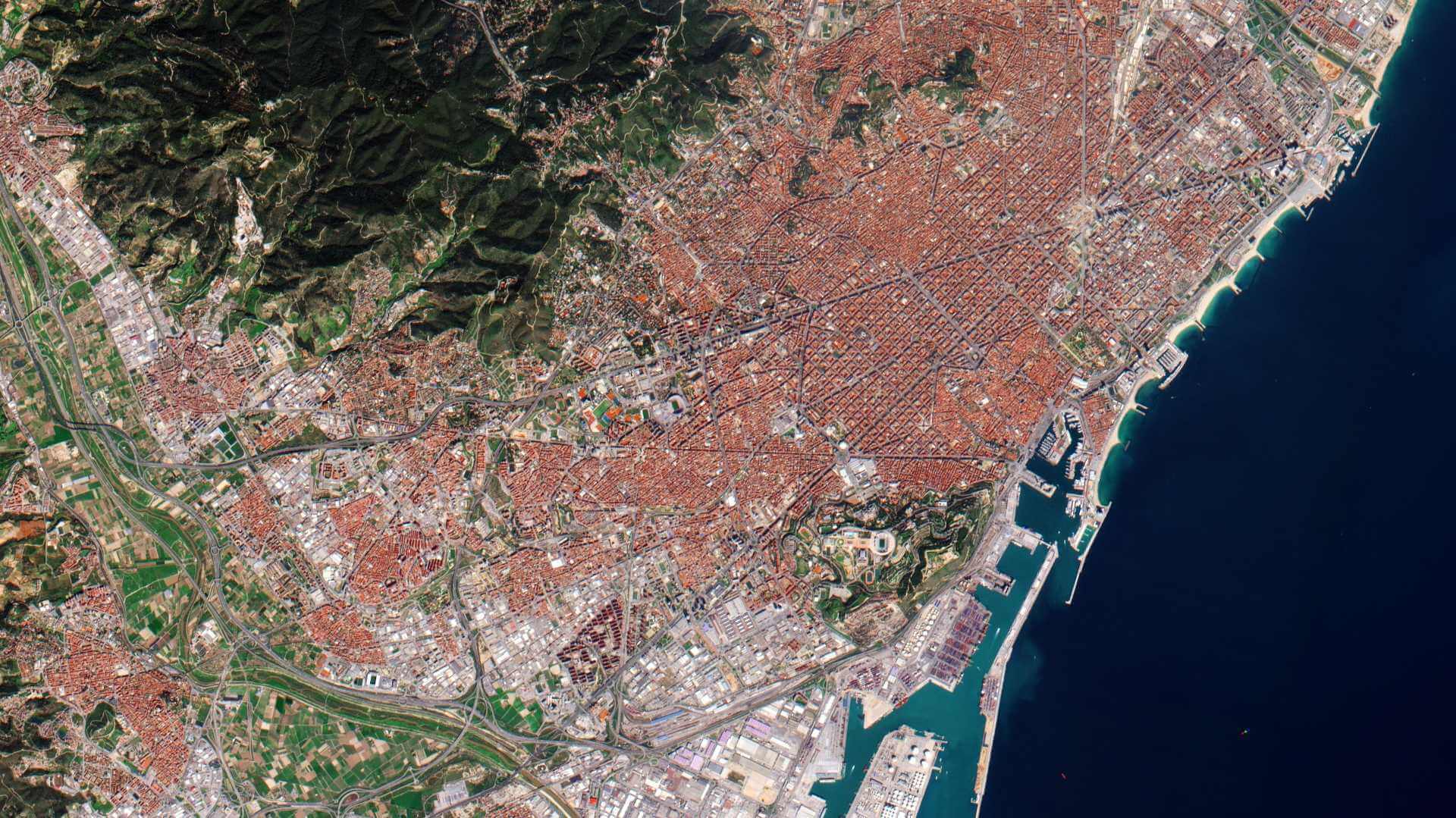About HydroGNSS
HydroGNSS is a microsatellite mission, which is part of the Scout framework, and consists of a GNSS-R (Global Navigation Satellite System Reflectometry) constellation that primarily addresses land.
Scout missions are a new element in ESA's Earth Observation FutureEO Programme. The goal is to prove new concepts using small satellites that add scientific value to data from currently operational satellites.
HydroGNSS will consist of two satellites, which will carry a GNSS Reflectometry instrument at a nominal orbit of 500-600 km and at an inclination of 98°, phased apart by 180 degrees.
The goal is to provide on-board processed reflections (GNSS Delay Doppler Maps (DDMs)) collected near continuously over the planet. These DDMs will be inverted on the ground and processed to Level 2 products, which will be made available in due time to support measurement of Essential Climate Variables (ECVs) and delivered to users on an open and free basis.
HydroGNSS Objectives
HydroGNSS will use GNSS reflectometry to measure climate variables, particularly those related to Earth’s water cycle. The mission will provide data continuity for SMOS and complement the upcoming Biomass mission.
The primary objective of the HydroGNSS ESA Scout mission is to exploit L-band satellite navigation signals to monitor Earth’s water systems to a finer resolution and derive measurements linked to ECVs defined by the Global Climate Observing System. HydroGNSS will acquire information about global soil moisture, supporting climate monitoring, agriculture, meteorology, and mitigation planning for floods and drought.
The mission will measure:
- Soil moisture
- Inundation or wetlands
- Freeze/thaw state over permafrost
- Above-ground biomass
Additionally, the satellites will measure wind speed over the ocean and sea-ice extent.
HydroGNSS Instruments
The HydroGNSS satellites will carry a radio occultation receiver that will collect L-Band GNSS microwave signals that are reflected from Earth’s surface when emitted by other satellites such as the Galileo and GPS systems.
